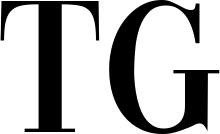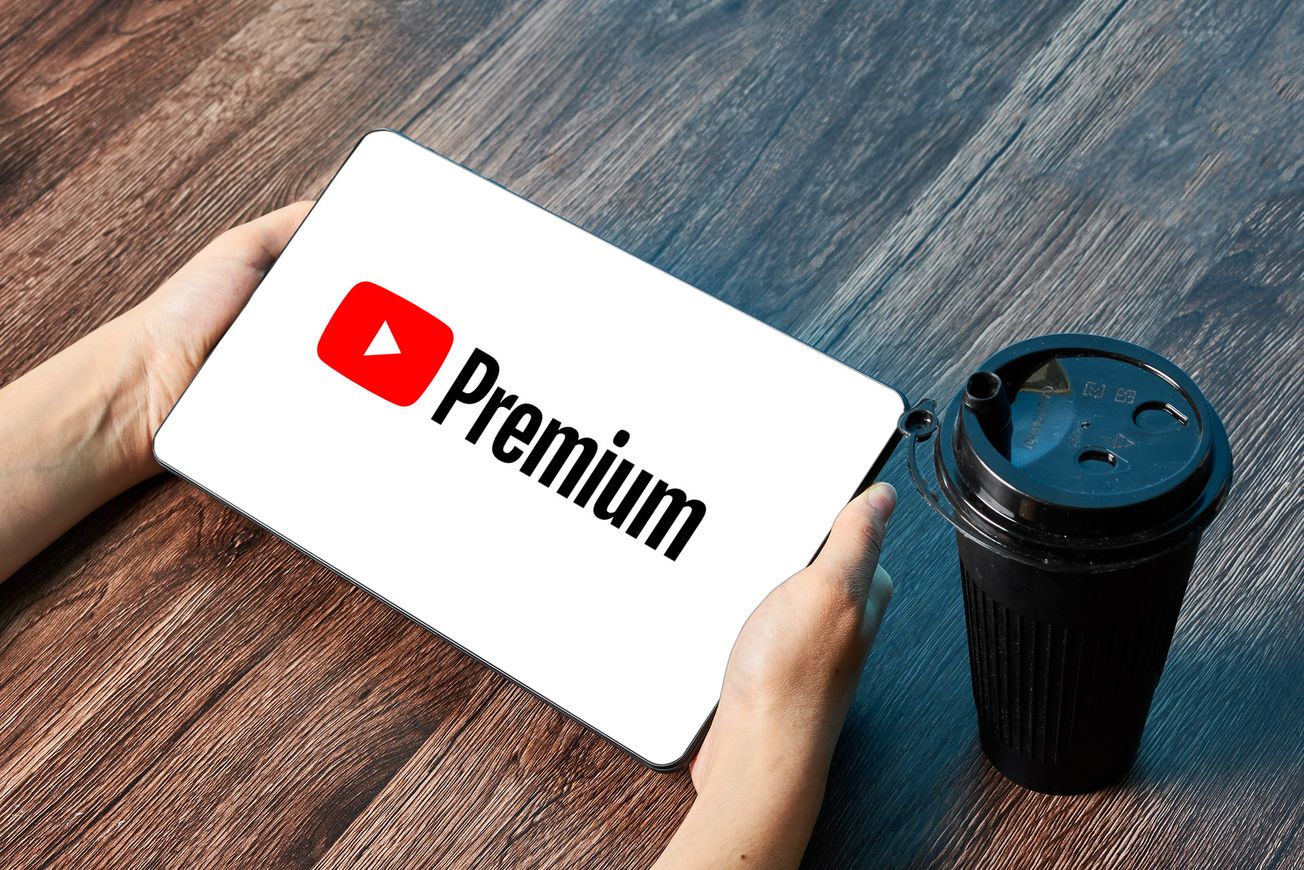YouTube has recently updated its Partner Program in a way that significantly increases revenue for those who make short videos for the site. The company declared that it will divide ad revenue from its TikTok competitor, YouTube Shorts, with its creators.
Creators have been complaining about the low payouts from TikTok's creator fund, so the upcoming changes "early next year" may help YouTube win them over. "This is the first time real revenue sharing is being offered for short-form video on any platform at scale," YouTube Chief Product Officer Neal Mahon said at the announcement event.
Anyone with at least a thousand subscribers and ten million views on Shorts within a 90-day period is eligible to apply to the Partner Program and begin sharing in the program's revenue. Similarly to TikTok, advertisements on Shorts play between user-submitted videos in the feed. In May, the firm started tinkering with advertising on Shorts. Advertisement revenue will be pooled and distributed to content creators, Mohan said. No matter if they use music or not, creators will get 45% of the ad revenue.
When asked about the use of music in Shorts, he said, "Each creator is paid on their share of total Shorts views, and this revenue share remains the same." A beta version of the company's tipping feature, Super Thanks, will debut in Shorts this year, and a full rollout is scheduled for early 2019.
A hundred million dollar creator fund for Shorts has been available on YouTube up until now. Yet creators have long griped that these sums are insufficient, especially when compared to the amount that the most successful creators can earn from producing longer form videos where they get a cut of the ad revenue.
Jimmy Donaldson, better known as Mr. Beast on YouTube, revealed earlier this year that despite having more than a billion views in TikTok, he had only made $15,000. The $54 million that Donaldson made in 2021 on YouTube makes him one of the highest-earning creators on the site. As of May, TikTok had announced that its TikTok Pulse revenue sharing program was in its early stages.
YouTube has also introduced a new Partner Program tier aimed at helping new content creators get their videos monetized. Super Thanks, Super Chat, stickers, and channel memberships will all be more accessible thanks to the new "Fan Funding" tier, which has "lower requirements," as described by Mahon. YouTube has promised to provide additional information regarding the prerequisites in 2023.
After much anticipation, YouTube unveiled Creator Music, a new section of YouTube Studio where content makers can buy "affordable, high-quality music licenses that offer them full monetization potential." License purchasers "keep the same revenue share they'd normally make on videos without any music." Music from Creator Music can be used in videos without any upfront costs; instead, the creator and the artist will split the profits.
The update has the potential to alleviate a major problem for YouTube creators who have voiced concern over copyright issues from aggressive music labels, which have resulted in takedowns and financial losses. YouTube writes on its blog that it hopes the new feature will "build a bridge between the music industry and creators on our platform."









